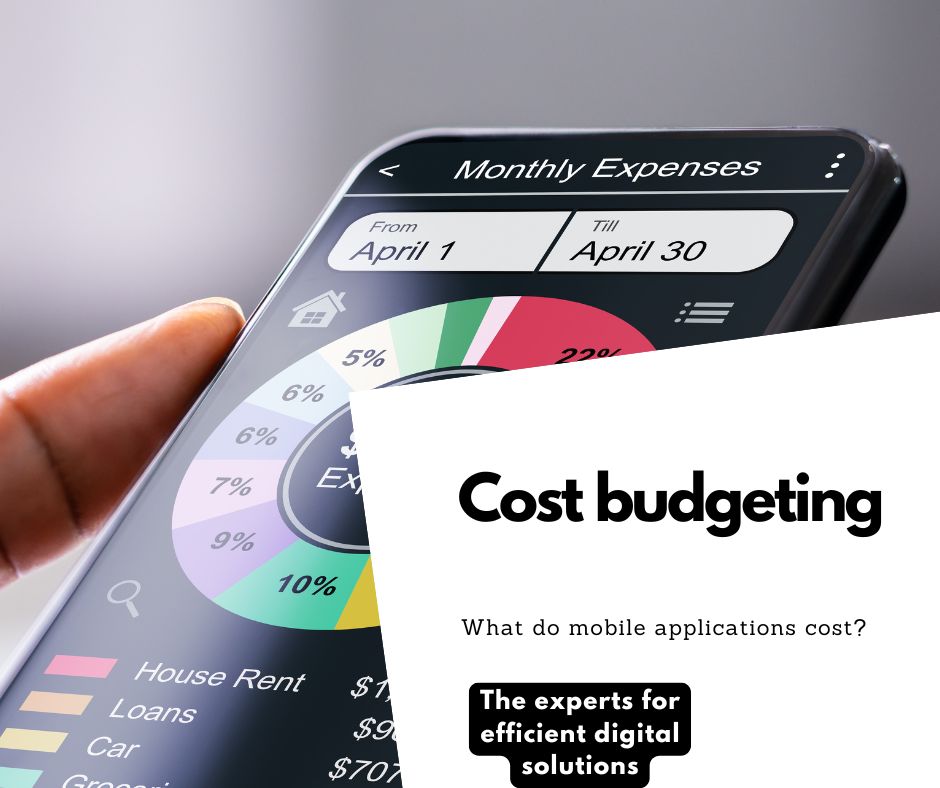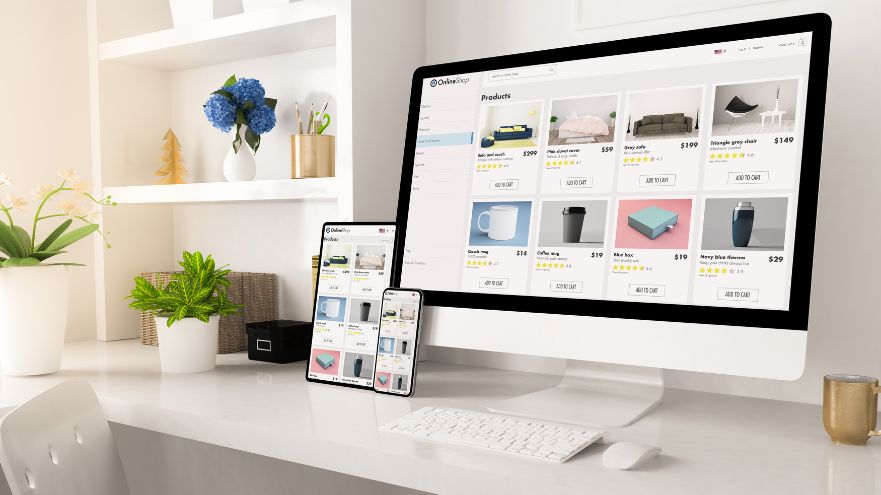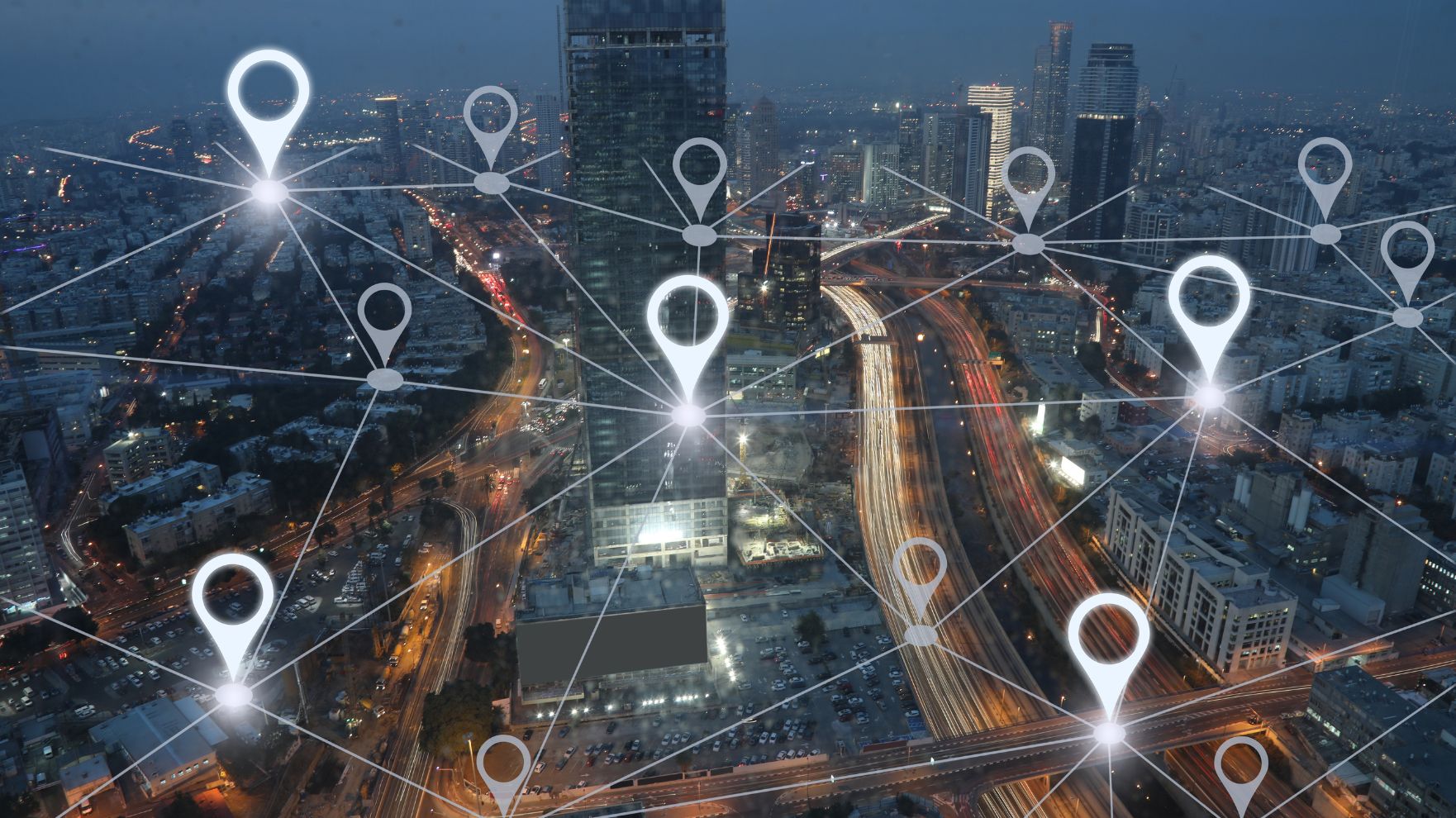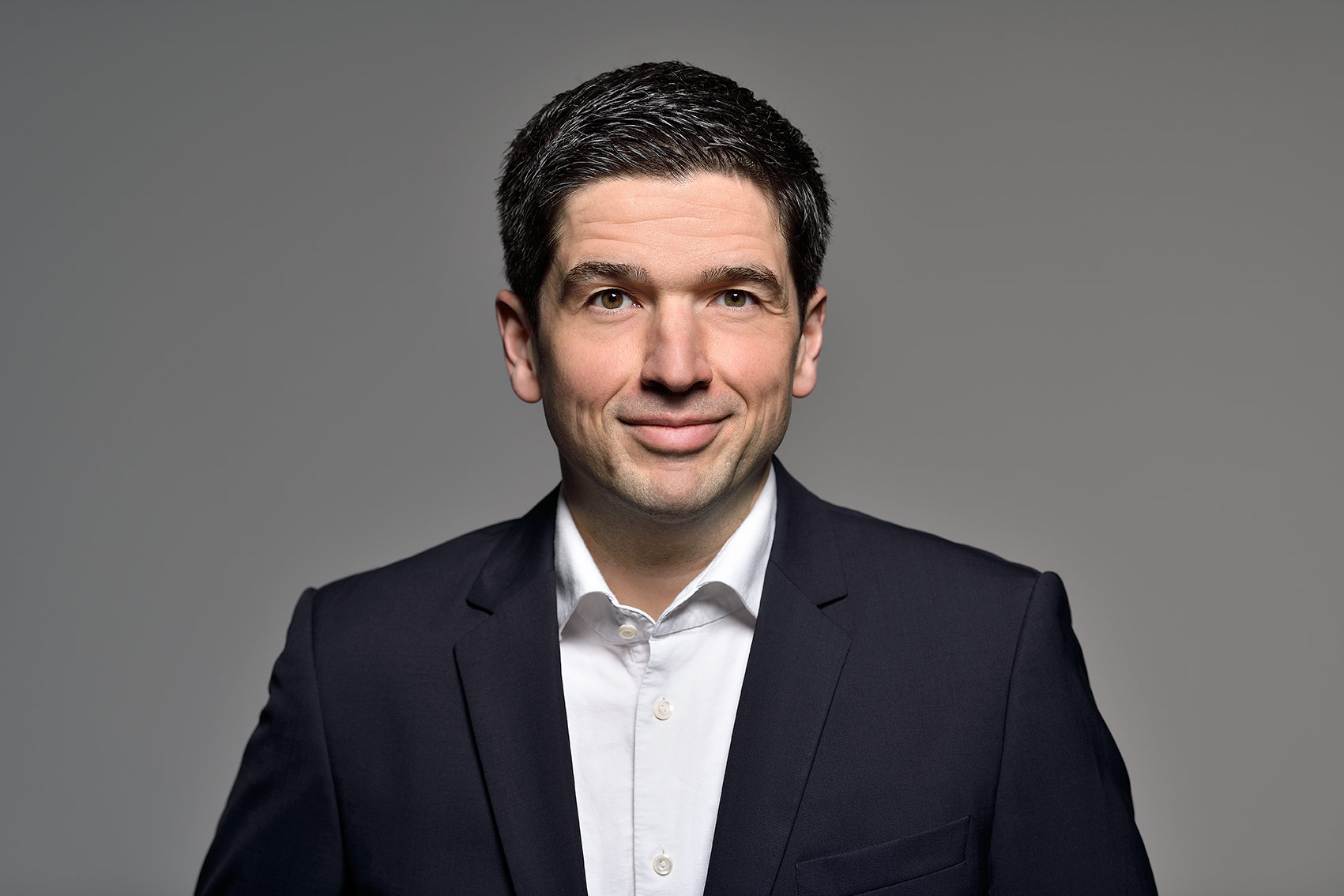What do mobile applications (apps) cost?

Developing a mobile app is a complex process that is influenced by various factors, and costs can vary significantly. Whether you’re a small startup or an established business, understanding the cost drivers is crucial to planning your project. In this article, we’ll look at both cross-app and app-specific factors that can affect overall costs. We’ll also provide practical examples to give you a clear overview of the financial aspects of app development. This will enable you to make informed decisions and make the best use of your budget.
Cross-app factors


App-specific factors
3. maintenance and updates
The costs of developing an app do not end with its release. Regular maintenance, updates and bug fixes are necessary to keep the app functional and secure. Plan a budget for the running costs that will be incurred over time.
Cost examples
To give you a clear overview of the potential costs, here are some sample estimates:
- Simple app (e.g. to-do list): 10,000 – 30,000 euros
- Medium app (e.g. e-commerce app with user accounts): 30,000 – 80,000 euros
- Complex app (e.g. social media platform or gaming app): 80,000 – 250,000 euros or more
These prices can vary greatly depending on the region, development team and specific requirements.


Case study 1: Fitness app for a start-up
Company: An up-and-coming fitness start-up
Challenge: The company wanted to develop a mobile app that would offer users personalized training plans, nutritional advice and progress tracking.
Solution:
- Choice of platform: The decision was made to develop for iOS and Android.
- Development method: The app was developed natively to ensure an optimal user experience.
- Features: Features included user registration, GPS tracking, push notifications and social media integration.
Costs: The estimated development costs were around 50,000 euros. After the launch, the start-up was able to increase its user base to 10,000 users within the first three months.
Case study 2: E-commerce app for a retailer
Company: A medium-sized retailer
Challenge: The company needed a mobile app to drive online sales and provide customers with a seamless shopping experience.
Solution:
- Choice of platform: The decision was made in favor of a hybrid app in order to save costs and development time.
- Development method: A hybrid app was developed with a single code base.
- Functions: Important functions included integrated payment transactions, user accounts, product catalog and offers.
Costs: The development costs amounted to around 40,000 euros. Within six months of the launch, online sales increased by 30%.


Case study 3: Education app for a university
Company: A university
Challenge: The university wanted an app to inform students about course offerings, events and grades.
Solution:
- Choice of platform: The app should be developed for iOS and Android.
- Development method: Native to maximize usability on both platforms.
- Functions: The app offered functions such as push notifications for important announcements, a course overview, grade management and a chat function for students and lecturers.
Costs: The estimated costs for the development amounted to around 70,000 euros. The app was actively used by over 5,000 students after its launch and the feedback was consistently positive.
Case study 4: Travel app for a travel agency
Company: A large travel agency
Challenge: The travel agency needed an app to help users book trips, provide information on destinations and display current offers.
Solution:
- Choice of platform: The app was developed for both iOS and Android.
- Development method: Native to utilize the best features and designs for each platform.
- Functions: Important functions included booking trips, an integrated currency converter, weather forecasts for travel destinations and customer reviews.
Costs: The estimated development costs amounted to 90,000 euros. The app led to a 25% increase in sales in the online travel business within four months of its release.


The successful optimization of existing teams in problematic projects requires a combination of targeted analysis, continuous training and flexible support. By bringing in external expertise and fostering communication, we create the conditions for sustainable success. Our goal is to support companies in efficiently implementing their digital solutions and pursuing innovative approaches.
Till Neitzke
Conclusion: Costs of a mobile app
The cost of developing a mobile app depends on a variety of factors. By considering the cross-app and app-specific aspects, you can better estimate what budget is required for your project. Plan carefully and set clear priorities to ensure that your investment in a mobile app delivers the desired benefits.

Successful together in the digital transformation –
Your introductory meeting with DMG
In our introductory meeting we will discuss
- what your current challenges are in digital projects
- how other companies have done it and how you can use this to your advantage.
- what needs to be done now and whether we are the right people for the job.
[ameliastepbooking]
